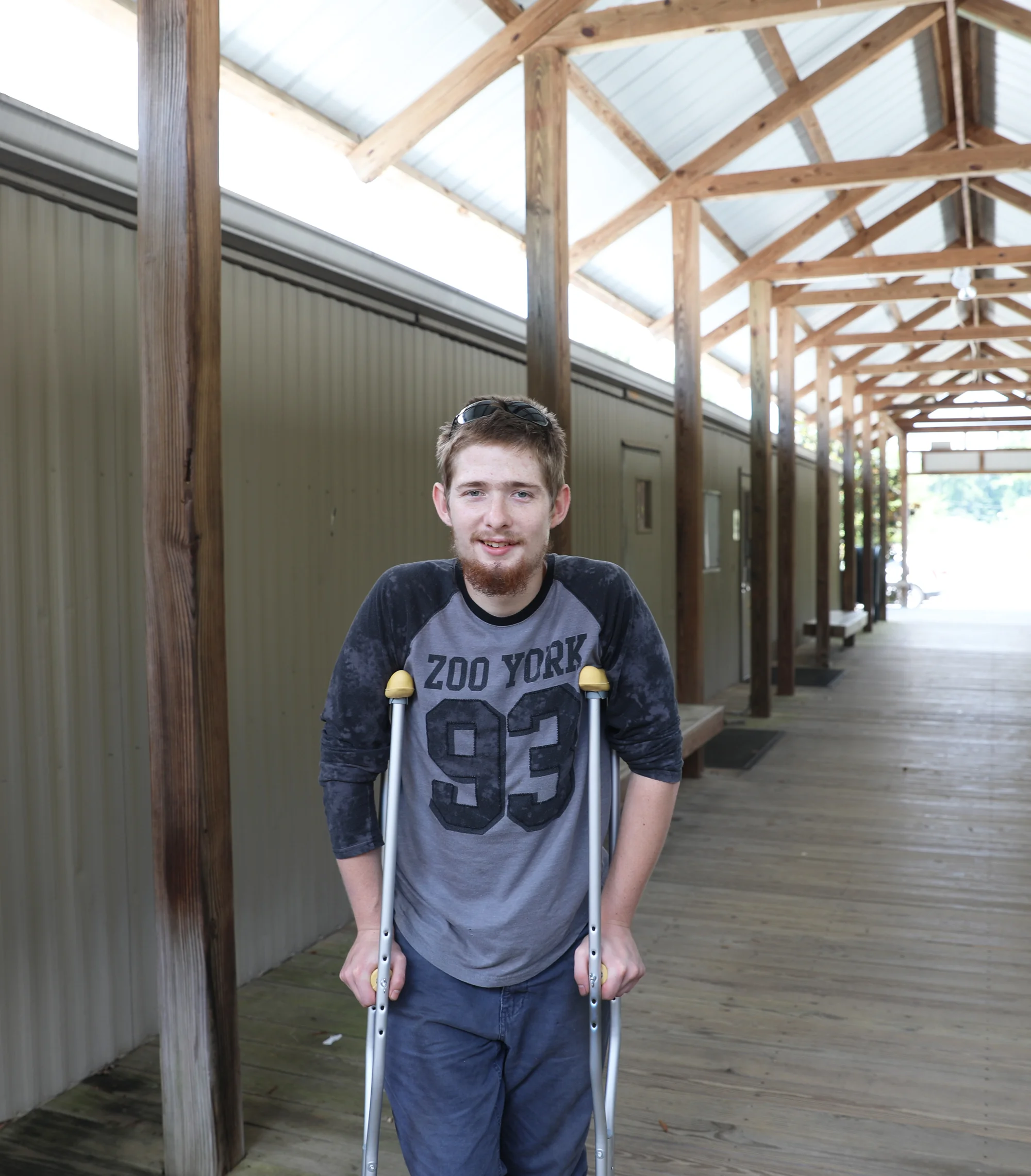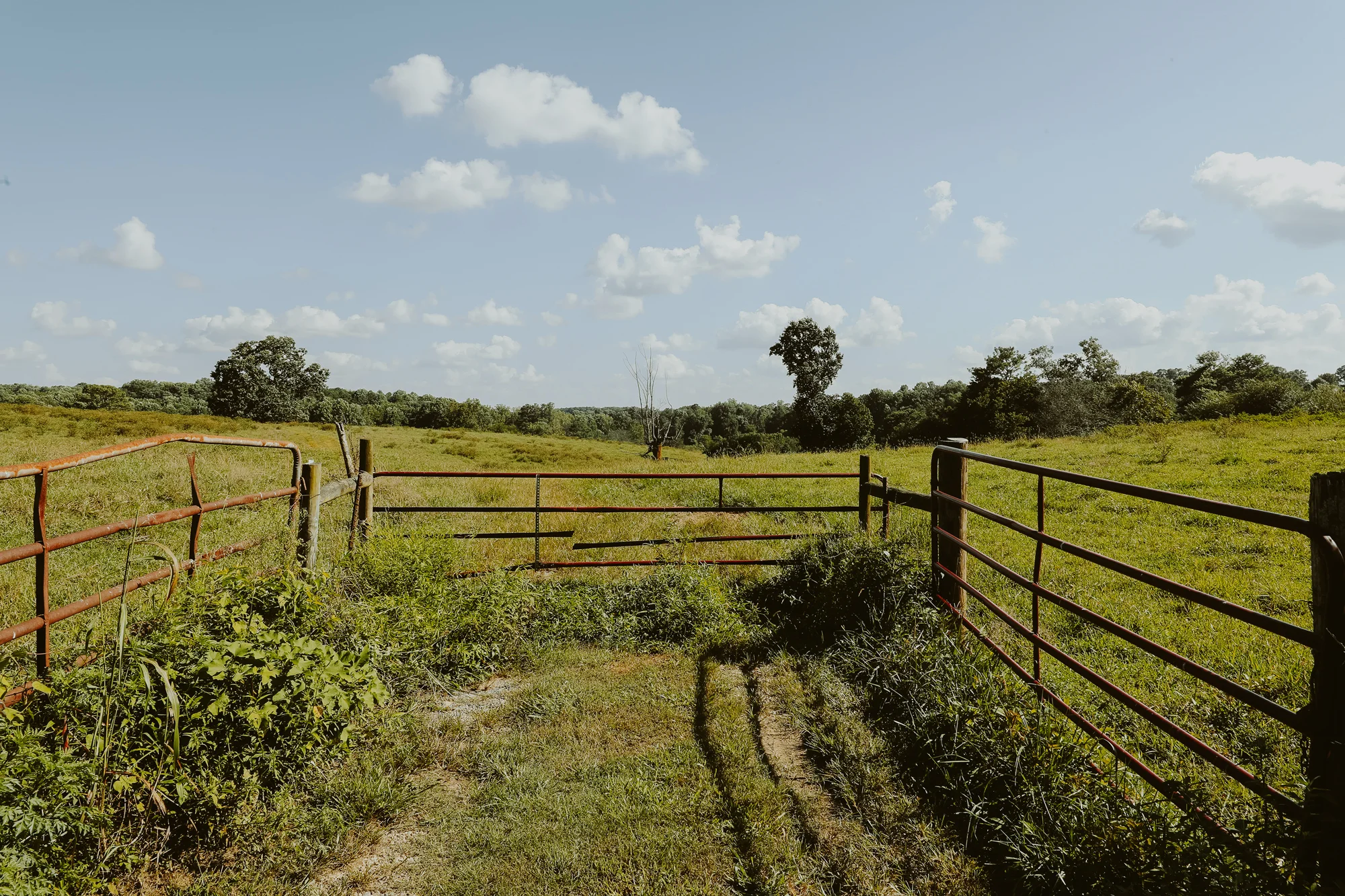Caring for All

In the foothills of Appalachia, in Pickens county, Georgia — just inside the Jasper city line — is a place where you can see a doctor or dentists at a price you can afford. It doesn't matter how much you make or whether you have insurance.
Born out of community need and the willingness of neighbors to work together, the aptly named Good Samaritan Health & Wellness Center has been serving local people since 2002.
“For some of our patients, this was one of the few places in their lives where they were treated with respect,” Archdeacon Carole Maddux, CEO and executive director, explains. “And if someone was touching you, it was with a touch of healing. That’s why some people were coming here.”
It’s why they come back today. And why Good Samaritan has a reputation as a place that anyone can turn to and feel welcome.
LIKE FAMILY || Many of Good Samaritan’s patients are people whom folks would consider to be “the poor.” However, instead of treating them as “others,” the people who work and volunteer here treat them like family.
“People come in, and I know them by name, and they know my name,” pharmacist Kelly Hardin says. “I want them to feel welcome — that the care not only comes from the doctors but on this side, too. Being cared for improves your quality of life. You never know someone’s circumstances, so I just want everyone to get a fair shake.”
Part of that fair shake is low-cost medications. Thanks to the federal 340B discount drug program, which was signed into law by President George H.W. Bush, the center can buy medication at a greatly reduced cost from pharmaceutical companies. For example, a medication that would retail at $100 might cost the center $10. They can then pass the savings along to patients.
The reality of this community is that there is a significant economic disparity. Here, community spans miles and miles and across county lines. On the eastern edge are well-to-do developments like Big Canoe, where retirees have come for the fresh mountain air. Sprinkled among the hills between there and Jasper are people living in poverty.
“If you have to choose between medications and groceries, people are going to choose groceries,” Hardin says. “Here, we make sure they don’t have to make that choice.”
Many of Good Samaritan’s patients were born poor, and others have jobs but no health insurance through them. Other patients have had tough breaks that make medical care unaffordable. A major car accident that causes disability or a chronic health condition can make health care costs skyrocket.
LOOKED DOWN UPON || Shelly Chapman knows. She’s a medical assistant at Good Samaritan, and she’s also been a patient here, getting her glasses at this office. She was born and raised in Jasper. Parts of her extended family have enough to be financially secure. Others do not. She understands that the medical care the center offers, and the heart the staff shows both mean a lot.
“I know because I live paycheck to paycheck,” she explains. “The only other time I really had insurance [besides now with this job] was when I was pregnant and on Medicaid.”
Good Samaritan patients say the reception they get at for-profit facilities is often cold because they are uninsured and don’t have a lot of money. By law today in the United States, non-government-run hospitals can refuse to give non-emergency care to a patient because they cannot pay. Private practice doctors also have discretion about whom they see. “I know how people turn up their nose,” Chapman explains. “They look down at you like you are about an inch tall and not worth their time.”
It was founded in 2002 by a group of volunteers that grew out of the Church of the Holy Family. In its early years, the center was staffed exclusively by community volunteers, led by the late Dr. Joseph A. Wilber.
HOW IT'S FUNDED
Good Samaritan receives patient payments, Medicare and Medicaid, grants, and in 2015, it achieved federal Community Health Center status, enabling it to offer care to people across county lines and those without insurance, as well as children. Episcopal Community Foundation (ECF) has also been a long-time supporter. They have provided funds, and the health center’s new Wilber building — which houses eight medical exam rooms and the pharmacy — was built in large part by volunteers organized by ECF. Many of those who pitched in were from parishes across the diocese.
HOW MUCH IT COSTS TO BE TREATED HERE
Good Samaritan accepts Medicare, Medicaid, and PeachCare. If you are 138 percent below the poverty line, it’s free. Above that, it’s on a sliding scale. They also take private insurance. Archdeacon Carole Maddox, CEO and executive director, as well as other sta members, choose to receive their care here.
“IF YOU HAVE TO CHOOSE BETWEEN MEDICATIONS AND GROCERIES, PEOPLE ARE GOING TO CHOOSE GROCERIES.”
But here at Good Samaritan, health care providers can put quality care first, explains Cynthia Brandon, a family nurse practitioner student. She cares for patients alongside an on-staff nurse practitioner.
“I’m not being rushed by the thought of what [profit] you’re going to make on the patient. I can take the time to be with them,” Brandon says.
This difference is made possible thanks to the vision and determination of people from around this community, including many retired physicians. They choose to see what ties us together. And in doing so, work to care for one another.
“People don’t think about it, but getting glasses is one of the simplest ways to change someone’s life. To read. To work. To drive. Everything,” Maddux says. Providing dentures also makes a life-changing impact. Here, patients as young as 30 need them. Many people rely on well water, which has no fluoride, contributing to tooth loss. “How many of us would have our jobs if we didn’t have our front teeth?”



